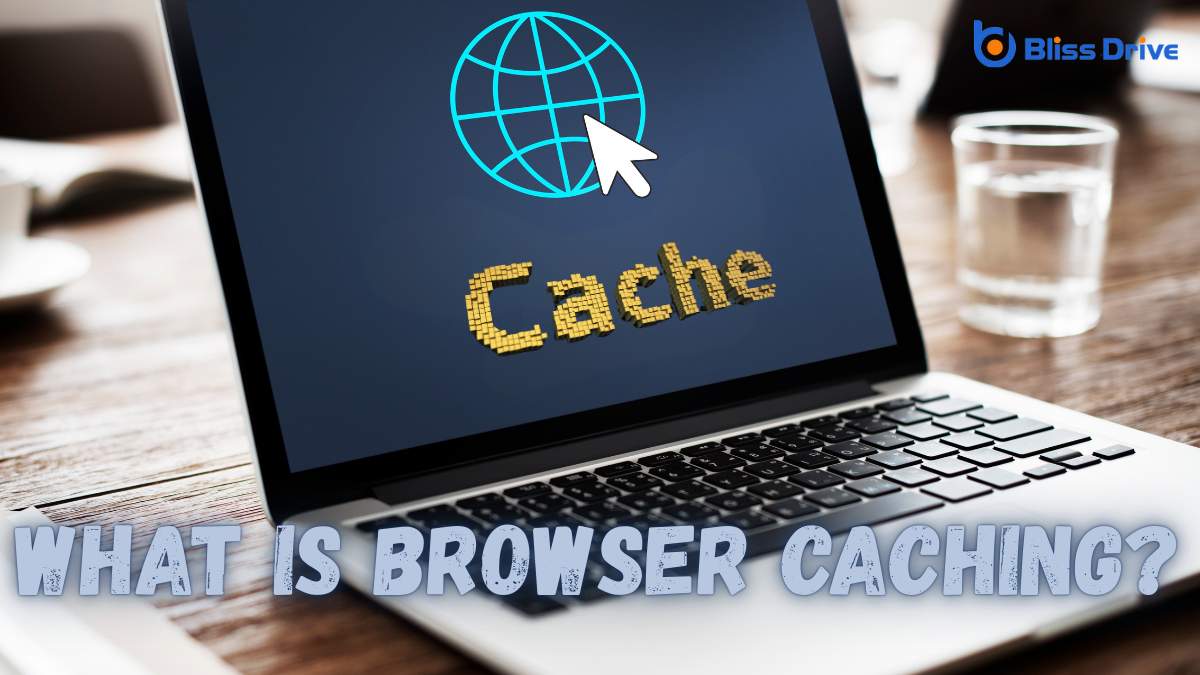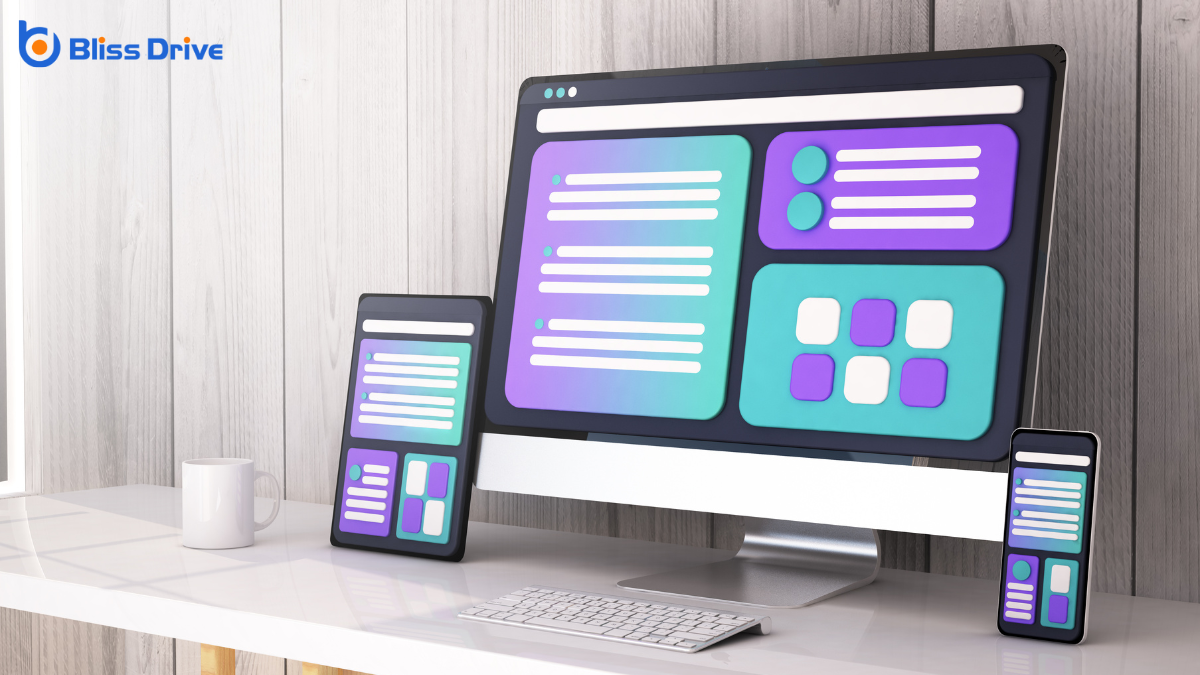Learn More About Us

You've probably noticed how some websites load faster than others. Ever wondered why? It's often due to browser caching. This clever mechanism stores web elements like images and scripts on your device after your initial visit. Next time you access the site, these elements load from your local cache instead of the server, speeding things up. But what exactly happens behind the scenes, and how can it impact your browsing experience?
How does browser caching work, and why is it important?
Imagine you visit a website. Your browser stores certain elements like images and scripts in a cache, a temporary storage area. Instead of downloading these elements each time you visit, your browser pulls them from this cache. This process speeds up load times and reduces data usage.
Browser caching is essential because it enhances your browsing experience. By storing files locally, it minimizes the need to repeatedly fetch the same data from the server, making websites load faster.
Faster load times improve usability and can even reduce server strain. It's like having a shortcut to your favorite site content, making your online activities smoother and more efficient.
Understanding caching helps you appreciate these seamless interactions.

When you browse the internet, your browser intelligently manages resources through caching. It temporarily stores files like images, scripts, and stylesheets from websites you visit. By doing this, the browser can quickly retrieve these files from your local storage instead of downloading them again from the web. This speeds up page loading times and reduces bandwidth usage.
Imagine revisiting a favorite website. Instead of fetching all the content anew, your browser checks if it already has the necessary files cached. If so, it serves them instantly. If not, it downloads the latest versions.
This process guarantees efficiency and up-to-date content. Caching isn't just about speed; it's about providing a seamless experience. Your browser makes smart decisions to balance resource-saving and content freshnessThe relevance and recency of content on a web page..
In the world of browser caching, not all content is treated equally. Different types of content are stored in your browser’s cache to optimize website performance and loading times.
Understanding these content types helps you grasp how caching works. Here are common types of cached content:
Each type plays a unique role in enhancing your browsing efficiency.
Implementing browser caching can greatly enhance your website's performance.
You'll notice faster page load times, which keeps users engaged and happy.
Plus, by reducing server load, you improve overall user experience and efficiency.
Imagine waiting for a webpage to load and feeling like it's taking forever—browser caching can be your solution to speed things up. Once you visit a site, your browser stores parts of the webpage locally, so the next time you visit, it loads much faster.
This is because your browser doesn't have to download everything from scratch. Here’s how it helps you:
Efficiency takes center stage when browser caching reduces server load, an essential benefit for both web hosts and users. By storing static resources like images, scripts, and stylesheets on your device, caching minimizes the number of requests made to the server.
This reduction means servers aren’t constantly working to deliver the same data repeatedly, freeing up resources for more users and tasks. As a result, you experience fewer slowdowns and outages, especially during traffic spikes.
Less server strain also translates to cost savings. Hosting providers often charge based on server usage, so reducing load can lower those expenses.
When you implement browser caching, you greatly enhance the user experience by speeding up website load times. Users won’t have to wait long for pages to appear, which keeps them engaged and less likely to abandon your site.
Caching stores static files, like images and scripts, on a visitor's device, allowing for quicker retrieval on return visits. This makes your site feel more responsive and enjoyable to navigate.
Consider these benefits:
Implement caching and watch your user experience soar!

Though often overlooked, cache-control headers play a crucial role in managing how web content is stored and retrieved by your browser. They act like instructions, guiding your browser on whether to store a webpage's resources or fetch fresh ones from the server.
By understanding these headers, you can see how they impact load times and performance. Cache-control headers specify directives like "max-age" or "no-cache," which tell your browser how long to keep content or when to revalidate it.
This process can make browsing faster and more efficient, reducing unnecessary data transfers. They help guarantee that you're viewing the most up-to-date content without bogging down your system with redundant requests.
Recognizing their importance can enhance your web experience by balancing speed and accuracy.
When you're browsing the web, your browser uses caching mechanisms like Cache-Control headers and ETags to enhance performance.
These tools help manage how long resources are stored and validate if they're still fresh.
To effectively manage browser caching, understanding Cache-Control headers is essential.
These headers help you dictate how and for how long browsers store resources. By setting appropriate headers, you can improve website performance and reduce server load.
Here are some key directives you should know:
Master these concepts to optimize your site's caching strategy effectively.
Understanding ETags and validation is essential for effective browser caching. ETags, or entity tags, are unique identifiers assigned by web servers to specific versions of a resource.
When you revisit a website, your browser sends these ETags back to the server to check if the resource has changed. This process is known as validation. If the ETag matches the current resource version on the server, the server tells your browser that it can use the cached version, saving you time and bandwidth.
If there’s a mismatch, only then does your browser download the updated resource. This mechanism guarantees that you always have the most current content without unnecessary downloads.
Clearing your browser cache is an essential step in maintaining ideal browser performance and ensuring you see the most up-to-date content on websites.
Different browsers have distinct methods for clearing the cache, but the process is generally straightforward. Here’s a quick guide for popular browsers:

You might find that browser caching can sometimes leadA potential customer referred by an affiliate who has shown interest in the product or service but h... to issues with cache expiry, causing your browser to load outdated content.
Incomplete cache updates can also occur, leading to missing or broken elements on a webpage.
Understanding these challenges can help you manage your browsing experience more effectively.
While browser caching boosts performance by storing web elements locally, it often poses challenges when cache expiry isn't properly managed. You might encounter outdated content because the browser doesn't know when to fetch the latest version. This can lead to user frustration and potential loss of trust in your site's reliability.
To manage cache expiry effectively, consider the following:
Handling cache expiry issues effectively maintains your site's performance and user satisfaction.
Even when browser caching aims to enhance performance, it can sometimes fall short due to incomplete cache updates.
You might encounter this when a cached file doesn’t update as it should, causing outdated content to appear. This happens because your browser relies on cached versions to load pages faster, but when a site's content changes, the cache mightn't refresh immediately.
As a result, you see an old version instead of the latest one.
You can resolve this by manually clearing your cache, though it’s not always convenient. Developers can also use cache control headers to guarantee timely updates.
However, these solutions aren’t perfect, and users may still face delays or inconsistencies. Understanding this limitation helps you troubleshoot when your browser doesn’t display current content.
To enhance your browsing experience, optimizing cache settings is essential, as it can markedly improve load times and reduce bandwidth usage.
By fine-tuning these settings, you'll guarantee your browser retrieves and stores data more efficiently. Here are some tips to help you get started:
Browser caching substantially enhances website performance by storing elements of a webpage locally on your device, allowing for quicker access upon subsequent visits.
When you revisit a site, your browser retrieves these stored files instead of downloading them again, reducing load times. This efficiency not only improves user experience but also decreases server load, benefiting website owners with reduced bandwidth costs.
From your perspective, pages load faster, leading to a smoother browsing experience. For websites, faster load times can improve search engine rankingsThe position at which a website appears in the SERP., as speed is a vital factor for SEO.
However, it’s important to balance cached data to guarantee you’re viewing the latest content. Regularly clearing your cache can help, making sure that updates and changes to webpages are always reflected accurately.
By understanding and utilizing browser caching, you enhance your web browsing experience considerably. You’ll notice faster load times and a smoother interaction with websites. Although there are challenges, like ensuring content updates correctly, the benefits outweigh them. By optimizing cache settings and knowing how to clear cache when needed, you reduce server strain and improve usability. Embrace browser caching to enjoy a more efficient and seamless online experience every time you surf the web.
